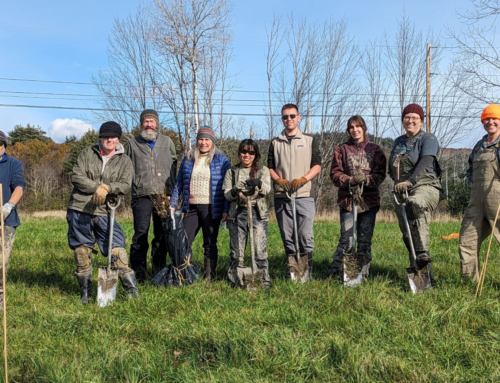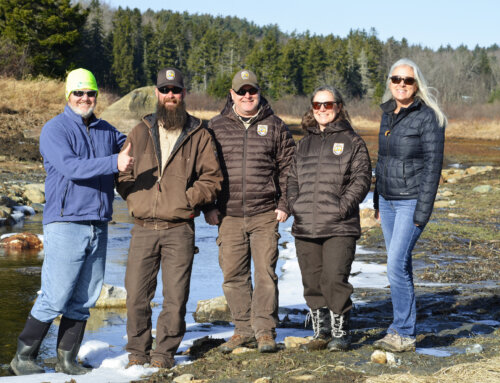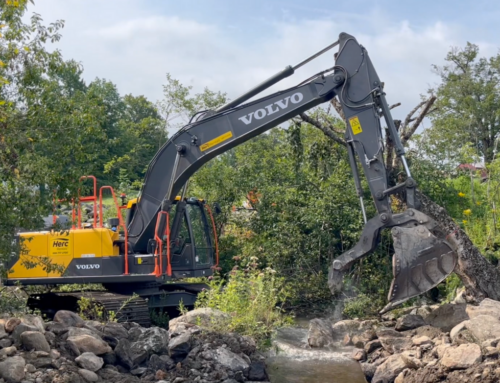Photo Credit: Ayla Skorupa USGS
The shifting of the seasons triggers remarkable changes in our local habitats. We can see changes happening on the land around us, from trees dropping their leaves, to birds migrating south, to various animals settling in for their long winter hibernation. Us humans are also often settling in to a new routine, focused on staying warm and maybe looking forward to spring (though we’ve got a long ways to go…). As the river cools down our underwater neighbors are similarly adjusting their routines; in ways that are still rather mysterious and hidden from our eyes. In acknowledgement of our hidden river heroes, this blog post is all about… mussels!
Freshwater mussels are pretty remarkable little creatures; they may look a bit like rocks, but they certainly don’t behave like them. This time of year they are on the move… downwards. When the water cools off freshwater mussels move slightly deeper and wiggle their way into the sediment with their foot, burying themselves (hopefully) in an area that won’t freeze solid over the winter. Mature females are full of fertilized eggs if spawning was successful during the summer and fall.
Have you ever wondered how mussels reproduce?
Come spring, the gravid females release larval mussels, called glochidia, which begin their own epic migration to find suitable habitat by hitching a ride in the gills of fish. Woah! There are 12 species of freshwater mussels in the Connecticut River watershed and multiple species are threatened or endangered. New Hampshire is host to the three largest remaining known populations of dwarf wedge mussel, a federally endangered species. Each of the 12 species is dependent upon host fish to complete their life cycle.
Some, like the eastern pearlshell are very particular as to which fish they attach to (brook trout and other salmonids in this case) while others will utilize many different species (the eastern elliptio for example will seemingly just glom on to whoever is closest). Glochidia ride along on their host fish for a couple of weeks to months before dropping off and burrowing into the sediment where they will stay within a short distance of where they landed while growing, becoming sexually mature in five to six years, and living out the rest of their surprisingly long lives on the bottom of the rivers and streams.
Why should we care?
For one, those little bivalves help keep our rivers clean. They filter water… a lot of it… and while they feed on the algae and detritus they filter out of the water, these actions can help to reduce turbidity and convert small particles unavailable to many consumers into larger particles (mussel poop) that other organisms will consume. Not only is it critical to maintain suitable habitat for adult mussels, but freshwater mussels will not survive without healthy water, food, and habitat for the host fish species.
The mussels themselves are an important part of the food chain, providing a tasty snack for many predators. Mussel beds can increase biodiversity of benthic invertebrates by providing hard surfaces and habitat structure through empty shells as well as mixing the sediment with their movements, thereby facilitating the exchange of oxygen and nutrients between the benthos and the water column.
So we say, “Go on Connecticut River, flex your mussels!”









